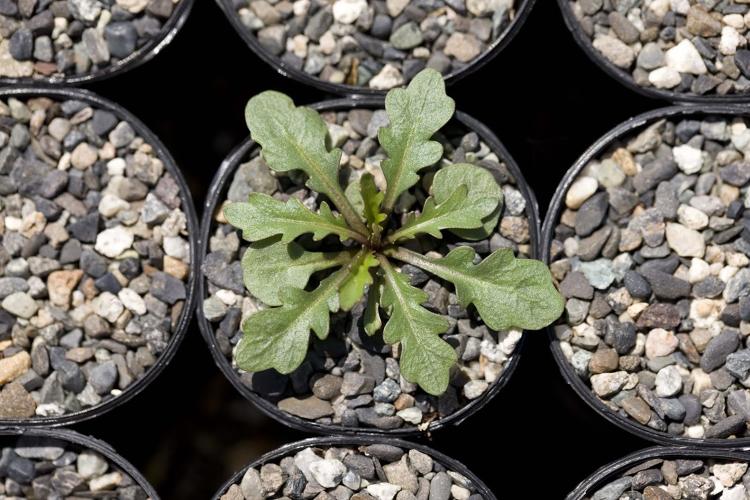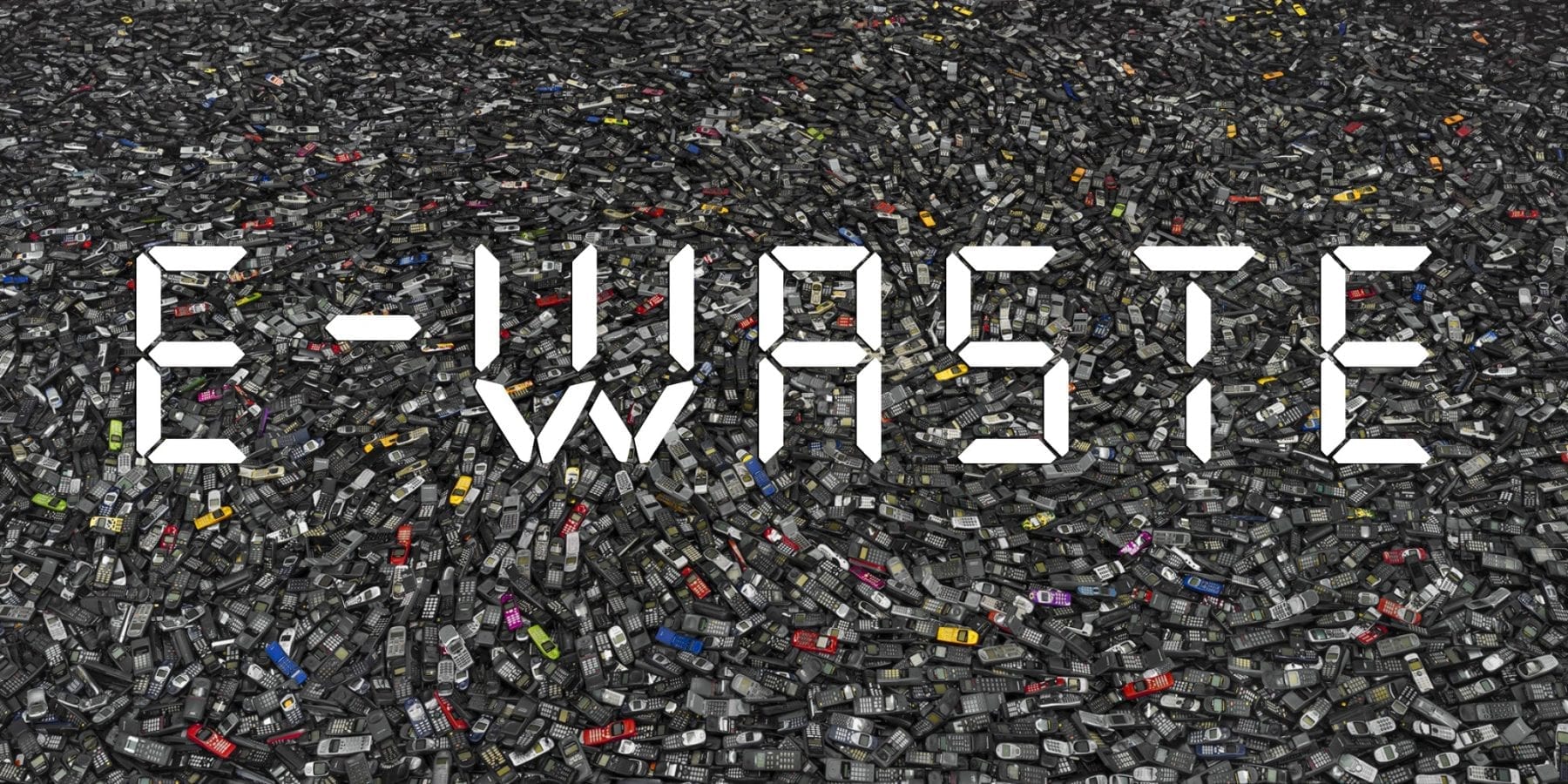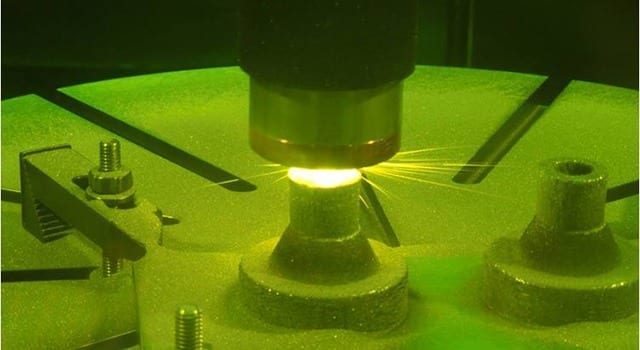 One enterprising scientist thinks we’re close to creating a whole new, much greener mining industry.
One enterprising scientist thinks we’re close to creating a whole new, much greener mining industry.
Nothing grows here at Walker Ridge. Oaks, pines, and wildflowers stop abruptly at the edges of a huge swath of bare earth. The dead zone–tinged an uneasy shade of green–stretches almost as far as the eye can see in one direction, down a slope that feeds directly into a watershed. Piles of dirt, scraps of rust-eaten metal, and a few crumbling bricks seem the only signs left of this Superfund site that used to be the home of a Gold Rush-era mercury mine. They’re not.
Downriver, fish have 20 times more mercury in their flesh than the EPA says is safe for consumption. Two hours south, mercury concentrations spike in San Francisco Bay during big floods. Geologists and hydrologists estimate that this abandoned mine–and at least 5,200 others like it in the state–will continue to leak poison for the next 10,000 years. With the costs of “remediating” a single polluting mine falling somewhere between $.5 and $7 million, the solution often seems to be to just deal with the mercury and leave the mines as they are.
But what if there were a way to monetize that cleanup, to turn Superfund sites, abandoned mines, and other metal-contaminated dead zones into desirable (and healthier) real estate?
In Dylan Burge’s vision of the Walker Ridge site, mining operations are booming again. Thousands of rows of deeply green, compact plants are thriving in the toxic soil, reaching for sunlight that filters through fabric tarps stretched overhead. Downhill (just below glinting banks of solar panels), metal-contaminated effluent from the old mine is being captured and piped back up to the plants, watering some rows while filling hydroponics for others. The mercury problem is under control, trucks are rolling off the site, and no one’s spending $7 million. In fact, people are making money. That’s because, as Burge sees the future possibilities, the world’s first loads of truly “green,” sustainable metals–mostly nickel from this site, plus a little gold–are headed for market.
Read more . . .
The Latest on: Mining pollution
[google_news title=”” keyword=”Mining pollution” num_posts=”10″ blurb_length=”0″ show_thumb=”left”]
via Google News
The Latest on: Mining pollution
- California's Latino-heavy cities have the highest air pollution levels in the U.S.on April 27, 2024 at 2:00 am
Latinos comprised over half of the population in the top five cities with the highest year-round air pollution levels. Bakersfield, California, topped the list for the second year in a row.
- Biden Administration Implements New Restrictions to Curb Power Plant Pollutionon April 26, 2024 at 5:40 pm
The Biden administration has introduced new regulations to combat pollution from coal and natural gas-fired power plants, highlighting their significant environmental impact and the need for immediate ...
- Why Taiwan Is Becoming a Leader in Urban Miningon April 26, 2024 at 6:11 am
Elsewhere on the island, Taiwan’s largest recycled steel manufacturer, Tung Ho Steel, has developed a different system of cycling resources—not with its customers, but with its competitors. The ...
- South32 investing in protecting environment while mining for zinc, maganeseon April 25, 2024 at 7:39 pm
South32 is investing more than $2 billion in the Southern Arizona Hermosa Project in the Patagonia Mountains, about 85 miles south of Tucson.13 News got a better look at what that could mean for the ...
- New EPA rules will force fossil fuel power plants to cut pollutionon April 25, 2024 at 4:18 pm
The U.S. Environmental Protection Agency on Thursday released a sweeping set of rules aimed at cutting air, water and land pollution from fossil fuel-fired power plants. Environmental and clean energy ...
- New Pollution Regulations Could Largely Eliminate Coal Power by the 2030son April 25, 2024 at 1:00 pm
The EPA has released four new pollution rules, most focusing on coal-fired power, as the final pieces of Biden’s push to clean up the power sector ...
- E.P.A. Severely Limits Pollution From Coal-Burning Power Plantson April 25, 2024 at 10:52 am
New regulations could spell the end for plants that burn coal, the fossil fuel that powered the country for more than a century.
- Worst U.S. cities for air pollution ranked by lung associationon April 24, 2024 at 9:11 pm
This 2024 "State of the Air" report warns efforts to reduce emissions are undermined by extreme heat, drought and wildfires caused by climate change.
- ESG Watch: Why climate change is leaving mining firms between a rock and a hard placeon April 23, 2024 at 4:26 am
For most of us, when we think about mining and the environment, it tends to be about water and air pollution, disasters such as the fatal collapse of tailings dams, or the global warming consequences ...
- 21,000 gallons of process water spill at Northshore Miningon April 19, 2024 at 3:11 pm
The water, which contained "some fluoride and miscellaneous substances but nothing of particular concern or note," reached Lake Superior, according to a state incident report.
via Bing News










